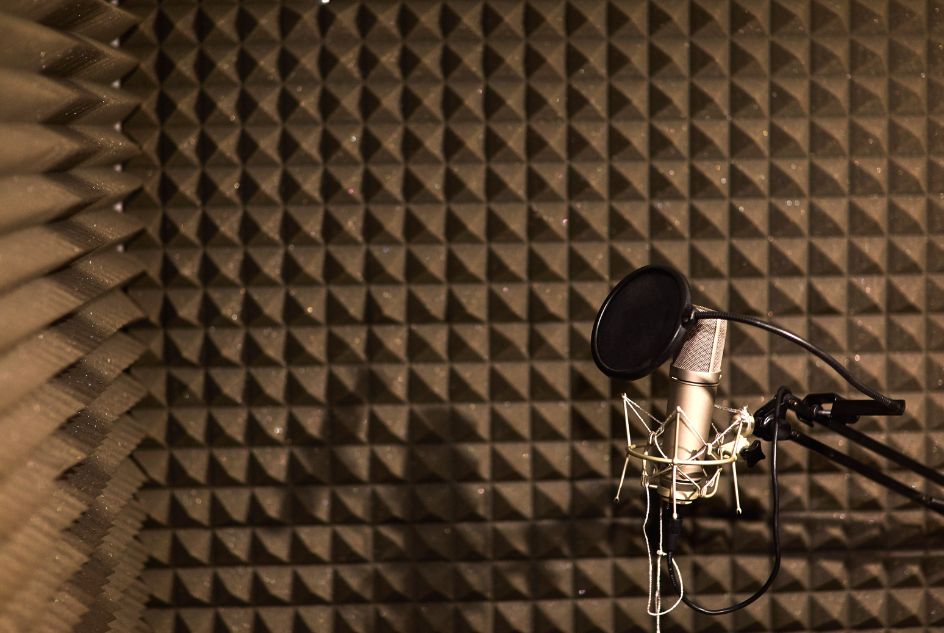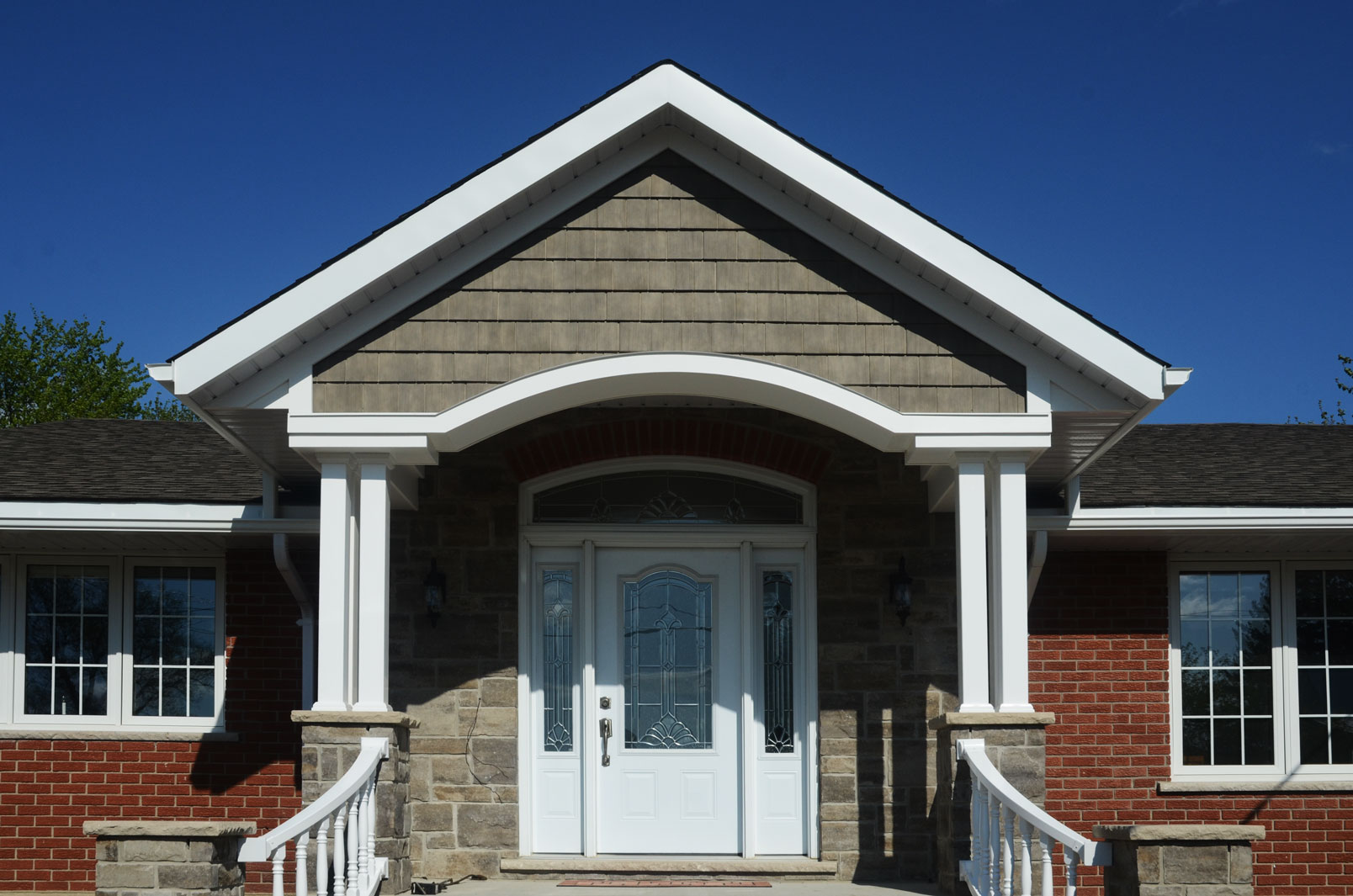When delving into the realm of floor soundproofing, it’s crucial to grasp the fundamental principles and objectives. The primary aim is to minimize the transmission of airborne and impact noise through floors, a challenge that is prevalent in both residential and commercial buildings. Soundproofing floors involves materials that either absorb sound, block its transmission, or both. Each material offers distinct characteristics and performance levels, making the choice dependent on the specific requirements of the space. Factors such as the type of noise (e.g., footsteps, voices, machinery), the building’s construction, and the desired level of sound reduction play pivotal roles in determining the most suitable material. The effectiveness of floor soundproofing is often measured in terms of Sound Transmission Class (STC) and Impact Insulation Class (IIC) ratings, providing a standardized way to compare different materials’ soundproofing capabilities.
Carpet and Padding: Traditional Yet Effective
Carpet and padding have long been used as a conventional method for floor soundproofing. This combination is particularly effective in dampening impact noise, such as footsteps, which are a common nuisance in multi-story buildings. The thickness and density of the carpet play a vital role in its soundproofing ability. A thicker and denser carpet will generally offer better sound insulation. Additionally, the underpadding, usually made of foam or rubber, provides an extra layer of sound absorption. This layer not only enhances the soundproofing quality but also adds to the comfort underfoot. However, while carpet and padding are effective for certain types of noise and are relatively easy to install, they might not be the ideal choice for spaces that require a higher level of sound insulation or for those looking to minimize airborne noise.
Rubber Mats durable and Versatile
Rubber mats are another popular choice for floor soundproofing, known for their durability and versatility. These mats can be used in a variety of settings, from residential to industrial environments. Rubber’s natural sound-absorbing properties make it effective at reducing both impact and airborne noise. It can be laid under flooring materials like hardwood or tile to provide a soundproof barrier. Rubber mats come in different thicknesses and densities, allowing for customization based on the level of soundproofing needed. They are also resistant to moisture and wear, making them a long-lasting option. However, the installation of rubber mats can be more labor-intensive compared to other materials, and they might not be the most aesthetically pleasing choice for certain interior designs.
High Performance Insulation
Fiberglass and mineral wool are materials typically associated with thermal insulation, but they also offer excellent soundproofing capabilities. These materials are highly effective in absorbing airborne sounds and reducing the transmission of impact noise. Their fibrous composition allows them to trap sound waves, thereby minimizing noise transfer between floors. Fiberglass and mineral wool are often used in the construction of recording studios and theaters, where superior sound insulation is required. They can be installed between floor joists or under flooring surfaces to enhance the overall soundproofing of a space. While they provide high-performance insulation, these materials require careful handling and installation, often necessitating professional expertise due to health and safety considerations.
Enhancing Soundproofing in Modern Structures
Acoustic underlays are a modern solution to floor soundproofing challenges, especially in contemporary construction where space and weight are considerations. These underlays are designed to be thin yet effective at reducing sound transmission. Made from materials like cork, foam, or specialized rubber, they can be easily installed under various types of flooring, including hardwood, laminate, and tile. Acoustic underlays not only improve the sound insulation of a floor but also can enhance the comfort and thermal insulation of the space. They are an ideal choice for apartment buildings, offices, and other places where minimizing floor thickness and maintaining aesthetic appeal are important.
Foam Products: Cost-Effective and Easy to Install
Foam products offer a cost-effective and easy-to-install option for floor soundproofing. These materials are particularly suited for DIY projects and can be used in various settings, including home theaters, studios, and bedrooms. Foam’s lightweight and flexible nature make it easy to cut and fit into different spaces. It comes in various forms, such as tiles, rolls, or mats, and can be installed directly under flooring or used as an additional layer over existing floors. While foam is effective at reducing certain types of noise, it may not provide the same level of sound insulation as denser materials like rubber or fiberglass. It’s important to consider the specific soundproofing needs of a space when opting for foam products.
This comprehensive exploration of floor soundproofing materials highlights the diverse options available, each with its unique advantages and considerations. From traditional methods like carpet and padding to modern solutions like acoustic underlays, the choice of material depends on the specific soundproofing requirements, the type of building, and aesthetic preferences. Understanding these options enables informed decisions, ensuring effective soundproofing tailored to each unique environment.
The realm of floor soundproofing offers a range of materials, each with unique properties and applications, suitable for different environments and needs. Traditional methods like carpet and padding remain popular for their simplicity and effectiveness in dampening impact noise, particularly in residential settings. Rubber mats, on the other hand, offer durability and versatility, making them suitable for a wide range of applications, from homes to industrial spaces. For higher performance needs, materials like fiberglass and mineral wool stand out, providing superior sound absorption capabilities, especially useful in settings where minimizing airborne noise is crucial, such as recording studios and theaters.
Modern construction scenarios can benefit significantly from the use of acoustic underlays, which provide effective soundproofing while maintaining a low profile, ideal for contemporary designs where space and aesthetics are key considerations. Lastly, foam products present a cost-effective and DIY-friendly option, suitable for a variety of settings, although they may not offer the same level of sound insulation as some denser materials.
Each of these materials has its own set of pros and cons, and the choice largely depends on specific factors such as the type of noise, the building’s construction, and the desired level of sound reduction. Understanding these factors and how different materials perform in various environments is essential for making an informed decision. Effective floor soundproofing not only enhances the comfort and usability of a space but also contributes to the overall quality of life for its occupants, making it a valuable investment in both residential and commercial properties.






